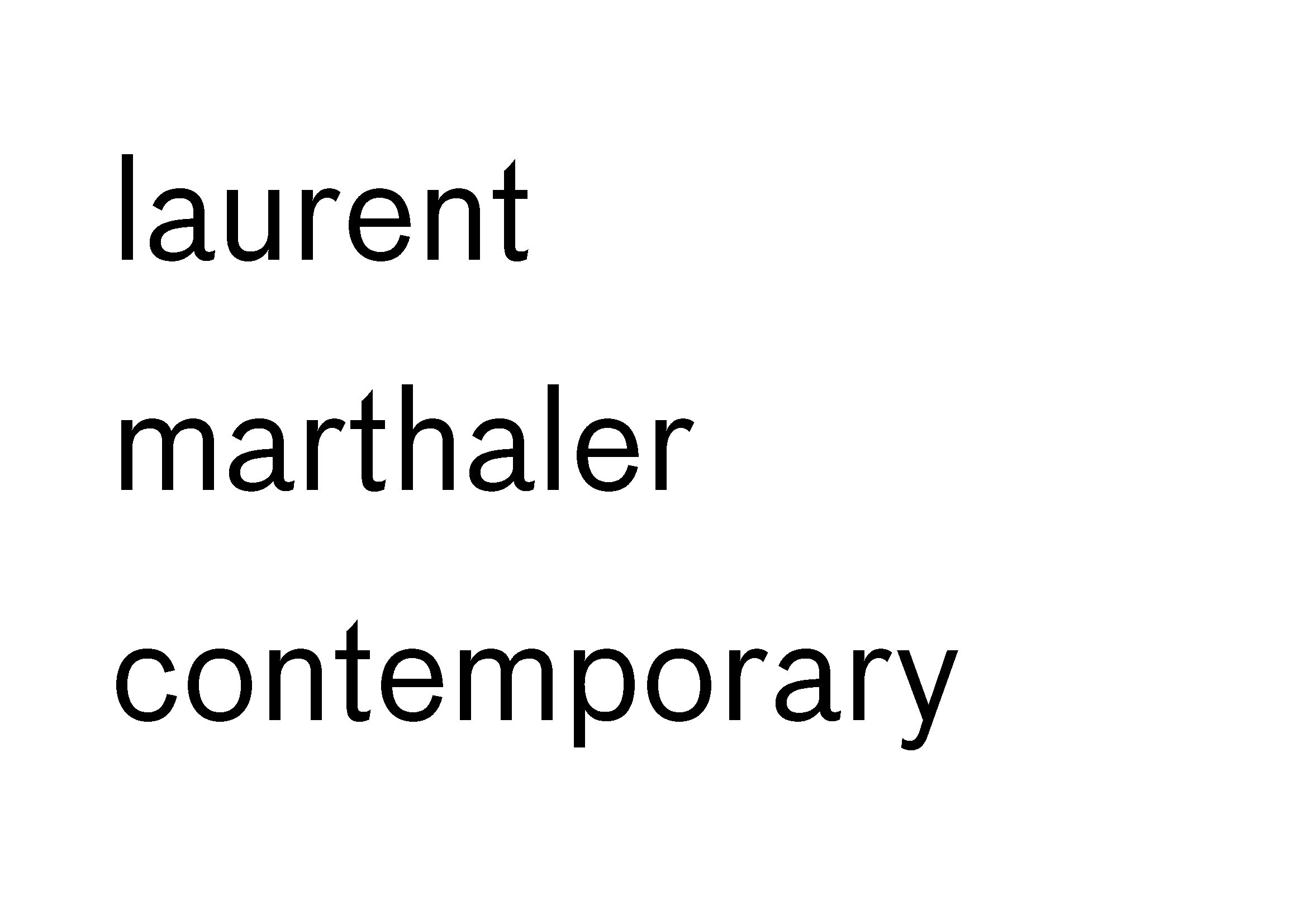There aren't many interviews with J. DEMSKY, and they all deal with more or less the same themes. On the one hand, there's his nostalgic relationship with the late 80s and 90s, with the advent of video games and digital technology, and on the other, the world of graffiti. In my opinion, J. DEMSKY's universe is built around these two themes - with their powerful aesthetic charges. This is what makes his style, with its glitch, metal, reflections, fluorescent colors and so on. At the same time, there's the aesthetic of science fiction, of this disillusioned relationship with the future, of cyborgs. Blade Runner, Minority Report, Total Recall come to mind.
There's also the influence of the Japanese world and the cyberpunk aesthetic of Ghost in the Shell and Akira. There are neon lights reflected in the puddles in the underbelly of big cities run by "Corp"-those big, overpowered capitalist corporations that take the place of states. It's interesting to note that most of these dystopias took place in near-futures - 40 years later - which is the period we're living in now - the 2020s. But more than the cyberpunk aesthetic, there's the one derived from the Super sentai, that collection of Japanese children's TV series. Along with the Kamen Rider, Metal Hero and Ultraman series, they form the basis of Japanese superhero series.
In this aesthetic, there's a whole mythology that can be read as a more or less precocious critique of neoliberal capitalism as it developed in those years. We're just after Lyotard (La Condition postmoderne, 1979) and thus the end of the great myths, the moment of deindustrialization, the fall of the Berlin Wall ten years later, the end of communism and thus the advent of a global capitalist order with no alternative. We no longer know whether technology will help humanity or harm it. We begin to doubt the very notion of progress. Our fathers went to the factory and we play video games. It really is the end of the thirty glorious years. Obviously, in J. DEMSKY's work, this is not explicit. But the whole aesthetic stems from this pivotal period.
The mirror- like metal of robots, the neon lights of cyberpunk cities, flying cars and other futuristic visions of the 80s. In his bio, he mentions spending hours playing video games and watching VHS. His work completely reflects his experience as a child of the 80s and 90s, with a particular relationship to the future - he says "no future", which is a very common phrase in both punk and graffiti circles - and he defines himself as a punk. As far as graffiti is concerned, I think that's where we need to dig. For the purists, a real graffiti artist is only a graffiti artist when he or she is illegal - in other words, when he or she vandalizes - and does not respect the established order, the law.


